You Won’t Believe the Transformation of This Sicilian Palazzo
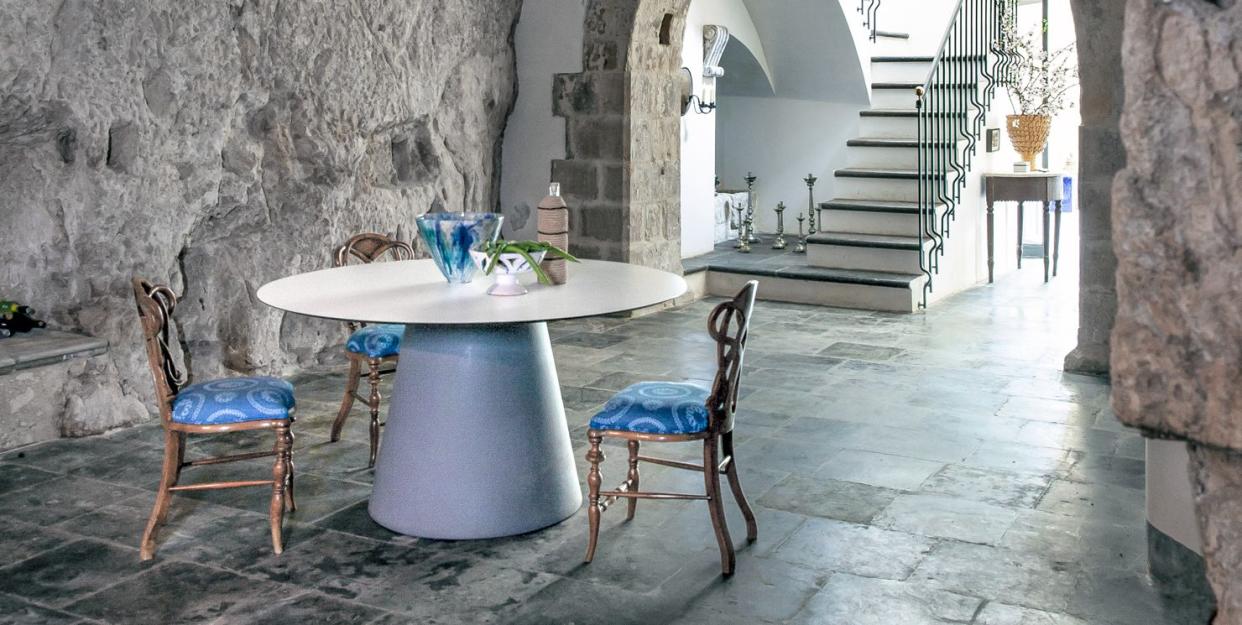
Such is the love that Bill Brockschmidt and Richard Dragisic feel for Sicily that they did a 23andMe test to see if either had Italian blood—only to find that they didn’t. Brockschmidt hails from Virginia, while his husband Dragisic is from West Texas. Both trained as architects (Brockschmidt is a partner in the ED A-List firm Brockschmidt & Coleman) and divide their time between Manhattan and New Orleans. But neither had been to Sicily until 2000.
For Dragisic it was his very first meal, a plate of fresh squid stuffed with almonds and oranges, that did the trick. Brockschmidt’s passion had deeper roots—he had become obsessed with Italy in high school Latin class. In February 2006, on their third trip to Modica, the city founded somewhere between 1300 and 1030 B.C. and known for its chocolate and churches, they decided buying a house there might be “an interesting idea,” Brockschmidt says. Three months later they returned and saw three properties. On the plane home they decided which was the one, and by October it was theirs. “It just never seemed like a crazy idea,” he says.
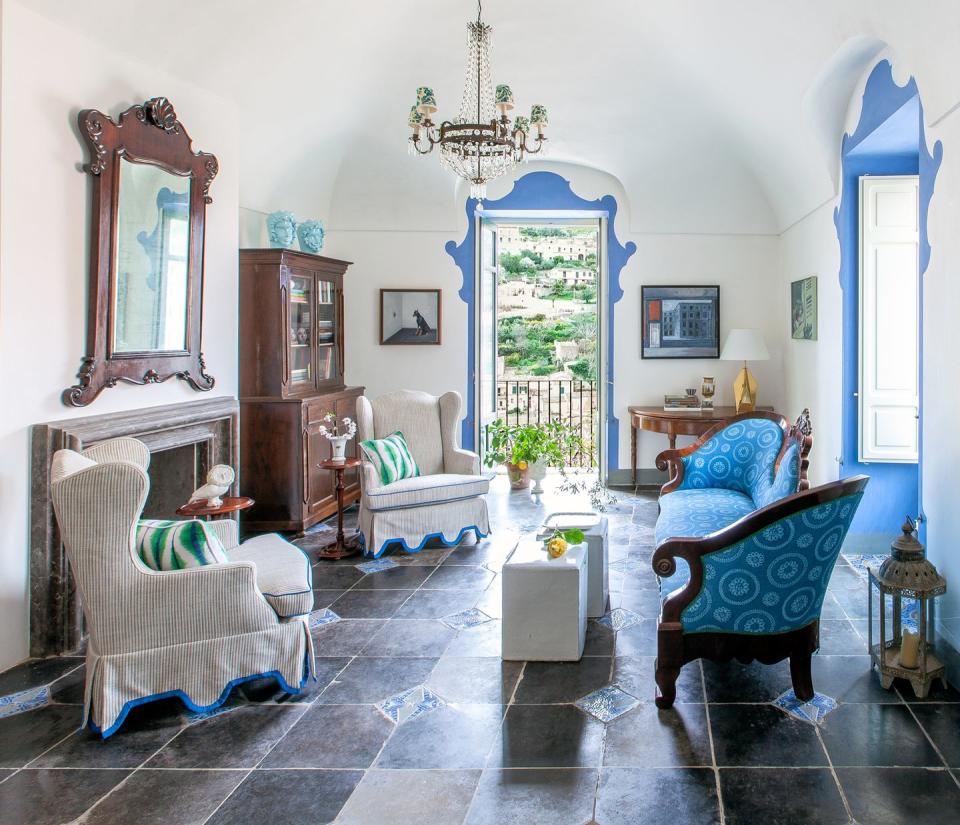
It may not have been crazy, but it was certainly challenging. The house, once part of a Grimaldi palazzo long ago divided into smaller dwellings, hadn’t been touched for 60 years. Brockschmidt describes it as “a complete ruin” with no plumbing or electricity. Like most Modica houses, there was a cave, hand-chiseled around 600 B.C., that had been used over the years for animals and storage and as a safe haven during turmoil. Now the cave is a sparkling room for cooking, dining, and entertaining, but when they first saw it, the walls were sooty and black. It was so dark, they crawled around with iPhone flashlights to get measured drawings of the room. The first order of business—after cleaning the stone—was to channel a lot more light through the cave’s arched entrance. To that end, they opened the center of the house and replaced small aluminum windows upstairs with tall French doors so that light could flow from the ground-floor courtyard and down from the second floor. Next, they covered the dirt floors with salvaged antique tiles with majolica accents. An old doorway to the house next door became a fireplace. A staircase was added following traces of a former one in the same spot. In the end, Brockschmidt says, “It took three years and more euros than expected to make the house habitable.”
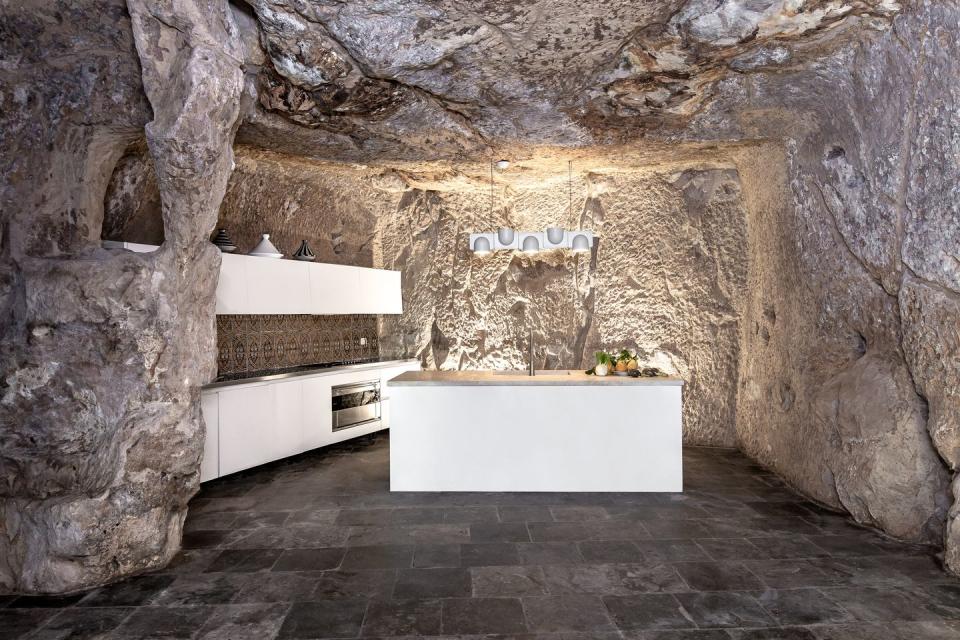
The decor was the fun part. The strategic use of color, a Brockschmidt & Coleman trademark, can be seen in the second-floor living room’s Baroque blue door surrounds. Brockschmidt and Dragisic brought milk paint over on the plane and did the painting themselves. The furnishings, which also lean toward the Baroque (including a divine settee bought in nearby Catania), make perfect sense—Modica is one of a group of eight cities designated a unesco World Heritage site due to the late-Baroque architecture that resulted after an earthquake had destroyed the region in 1693.
Much of the furniture also happens to be mobile. “We designed the house to be totally flexible in that 18th-century way,” Brockschmidt says, adding that the dining table in particular is “on the move” a lot. For instance, it was absent during their memorable 2013 Ali Baba–themed party. For that event, a disco ball was hung from the original carved cleats on the cave’s ceiling, while a DJ kept everyone dancing, including blue-painted go-go dancers from Rome. The guests were new local friends as well as tons of pals who made the trek from the States, such as—appropriately—Brockschmidt’s high school Latin teacher. Peter Patout, the New Orleans antiques dealer, describes the event as nothing less than “magical.” The guests, he says, “were attired in festive costumes, and the party spilled out onto the street.”
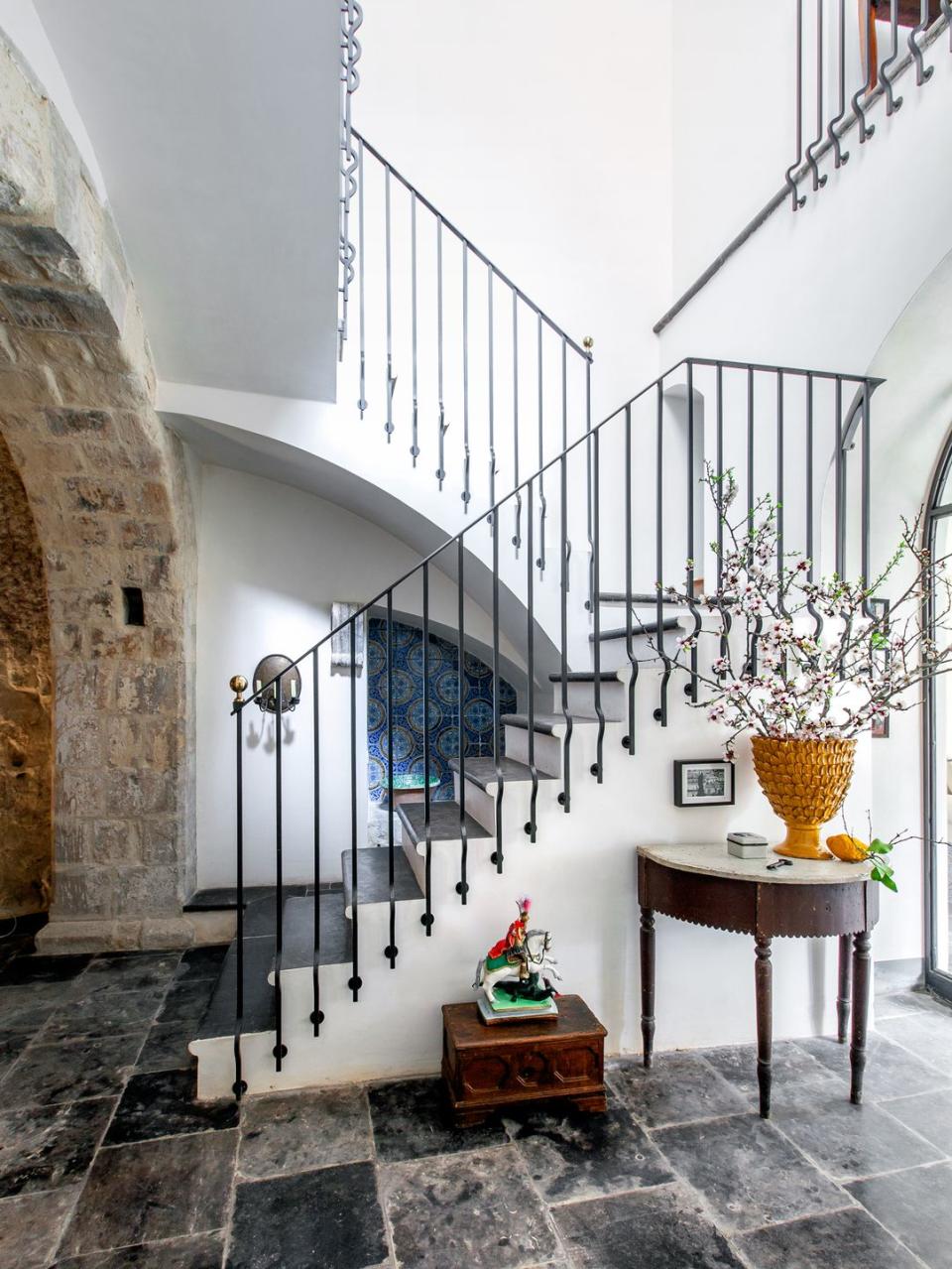

If that celebration was magic, it was only a reflection of what convinced the pair to buy the house in the first place. “Sicily is so unusual and exotic,” Brockschmidt says. “When the locals go to mainland Italy, they say they’re going to ‘the Continent.’” Now the couple have brought at least some of the exotica of the island to our own continent. Last year they opened a New Orleans boutique, Sud—in the same building as Brockschmidt & Coleman’s new Southern interior design outpost—that showcases the Italian art and antiques they love as well as decorative objects made by local artisans. Dragisic, who runs the shop full-time these days, is grateful that buying trips mean a chance to stay at his Sicilian retreat. “One calls it a house, but in fact it is a puzzle whose pieces of ancient origin are constantly being revealed to us, even now,” he says. “I love that it’s a mystery, full of secrets and surprises.”
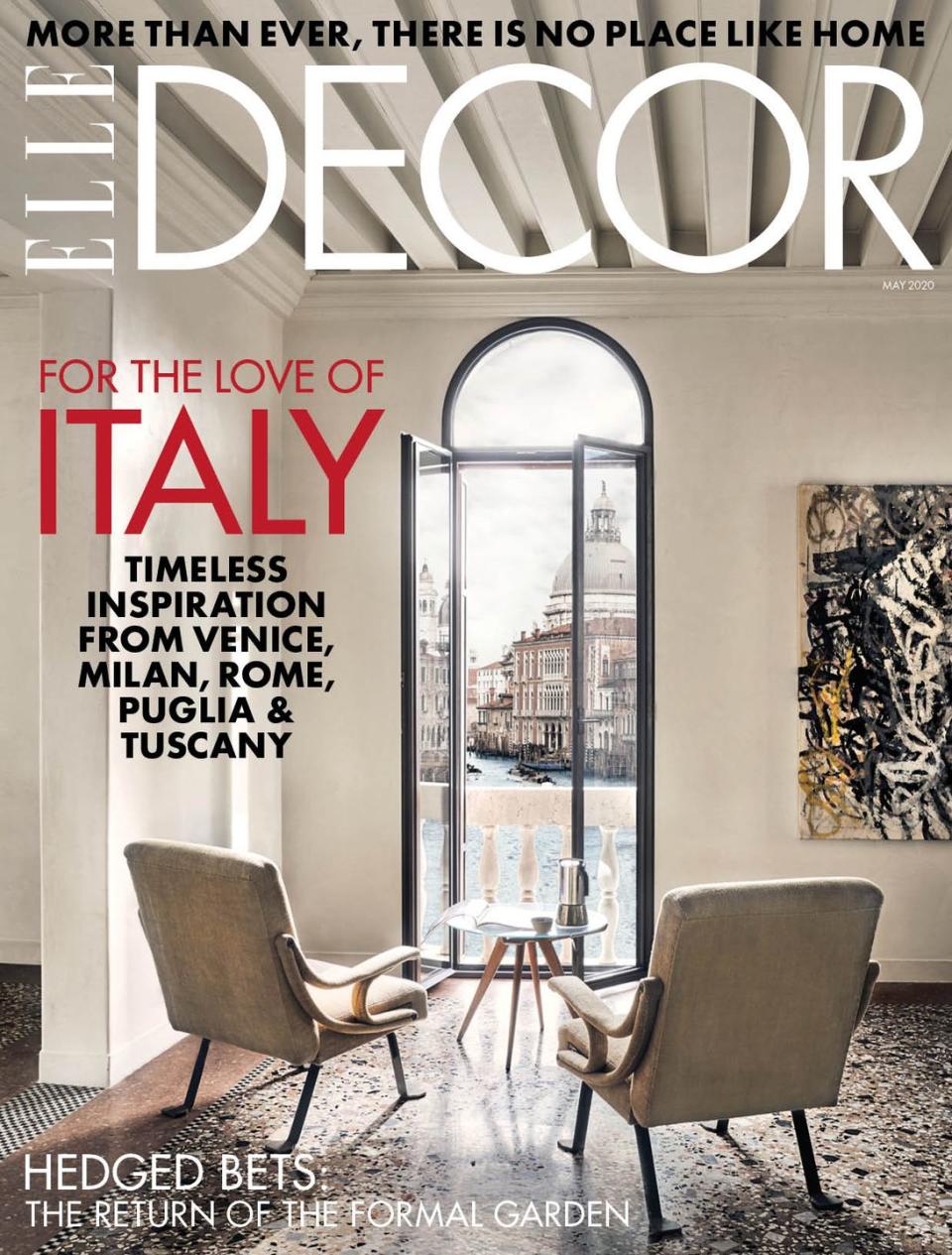
This story originally appeared in the May 2020 issue of ELLE Decor. SUBSCRIBE
You Might Also Like

